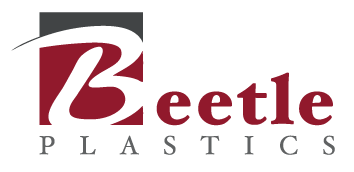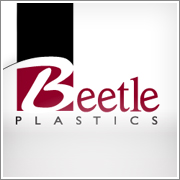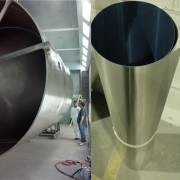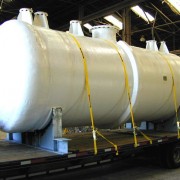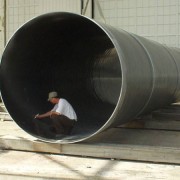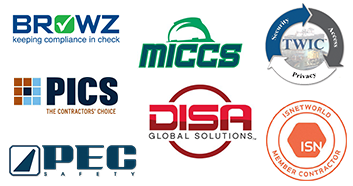FRP and Abrasion Resistant Lining: Lined Pipe vs. Unlined Pipe
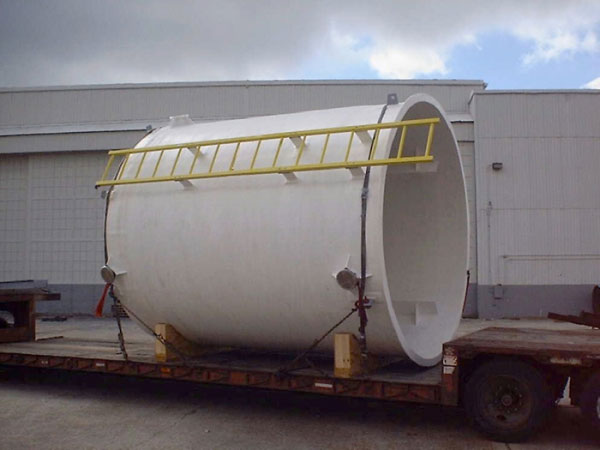
This is the second in a series of blog posts discussing lined FRP pipe vs. unlined FRP pipe. The first posts discusses corrosion resistance.
In this post, we discuss abrasion resistance.
Abrasion Resistance: There is an element of abrasive wear in almost all fluid service applications. In the concern for corrosion resistance, this abrasion element of the environment is often overlooked. Especially for pipe subjected to high flows or where there may be particulate matter contamination (i.e. cooling water applications, river water, waste handling, etc.) abrasion design needs to be considered for all FRP pipe.
As with corrosion resistance, the resin matrix provides the abrasion resistance. With a properly designed and selected corrosion barrier/liner, the abrasion resistance (and the pipe life) can be up to ten times greater than for unlined pipe, where the glass filaments are directly exposed to the service wear. With unlined pipe, very rapid wear can occur, with the roving filaments being “picked” away from the surface.
Through further modifications of the corrosion barrier/liner, consisting of proper resin
selection, proper type of non-glass reinforcement, and armoring modifiers, the abrasion resistance of the corrosion barrier can be further improved.
Another compelling reason for always using a corrosion barrier/liner in FRP composite pipe is to provide the capability for changes in service environment. Even if the current service environment would not benefit from the additional protection of a corrosion barrier/liner, the addition of a corrosion barrier/liner provides insurance that future changes in the service stream can take place without concern for the life of the FRP pipe.
Perhaps the nature of the waste stream may be different five or ten years from today. Perhaps even for relatively mild cooling water or river water service, the end user may want to add treatment chemicals in the future. The zebra mussel that is attaching itself to the insides of pipe has made headlines.
The addition of a corrosion barrier/liner for pipe would provide additional abrasion resistance in removing, by mechanical means or hydro blasting, such mussel buildups. The small additional cost for a corrosion barrier/liner can be a very inexpensive insurance policy for the future.
The final benefit to using lined FRP composite pipe is lower in-service costs. One of the advantages of FRP composite plastic pipe is its internal smoothness over its entire service life, especially when compared to other materials such as concrete, steel, etc. This smoothness is translated into less friction and, thus, lower pumping cost. In some cases, even a smaller diameter pipe can be used.
Even small differences in the smoothness of the FRP pipe interior can be translated into dollar savings in electricity or fuel (for the pumps). The glass smoothness of the high resin content corrosion barrier/liner is measurably better than for unlined FRP pipe. In addition, the energy savings advantage of the resin-rich corrosion barrier/liner increases with age.
Summary:
Except for conduit, in almost all instances a corrosion barrier/liner can be economically justified for FRP composite pipe. We recommend, as a minimum, a 40 mil thick C-veil and/or Nexus reinforced corrosion barrier/liner. For moderate and severe corrosive environments, an even thicker corrosion barrier/liner should be considered.
We will be glad to work with you in selecting the best corrosion barrier/liner for their service
environment. We are confident that “lined” FRP pipe will provide the end user their lowest cost per year of service life and, thus, their “Best Buy”.
Contact us today and we can arrange a test installation in your plant comparing Beetle Plastics abrasion resistant composite FRP pipe with your current piping and duct materials.
